Quality Rating 3: Program Assessment
Instructions
To meet the requirements for Accreditation and Rating Scale: Program Assessment: ACR 2.3, you will upload a completed self-assessment score sheet from the Maryland EXCELS Self Assessment(s) or Classroom Assessment Scoring System (CLASS®). Child care centers will complete a self-assessment for each age group as defined by the assessment tool(s).
Self-Assessment
Self-assessment is essential in any quality improvement process. It requires programs to reflect on their strengths and identify areas for improvement. Taking ownership of the process involves setting goals based on the results of a self-assessment and making a commitment to achieve those goals.
The CLASS® provide specific systematic structures for evaluating a program’s environment. The assessments focus on: interactions within the environment, indoor and outdoor spaces, daily routines, and activities.
What does the documentation look like?
The self-assessment tools are based on your program type and the ages of the children enrolled:
- Maryland EXCELS Self-Assessment: Family Child Care
- Maryland EXCELS Self-Assessment: Infant and Toddler (6 weeks up to 36 months)
- Maryland EXCELS Self-Assessment: Preschool (3 to 5 years)
- CLASS® Self-Assessment (3 to 5 years)
- Maryland EXCELS Self-Assessment: School-Age Care (Kindergarten to 12 years)
NOTE: If you are a program that provides care to children of all ages, you must conduct a self-assessment on at least one classroom/designated area from each age group.



